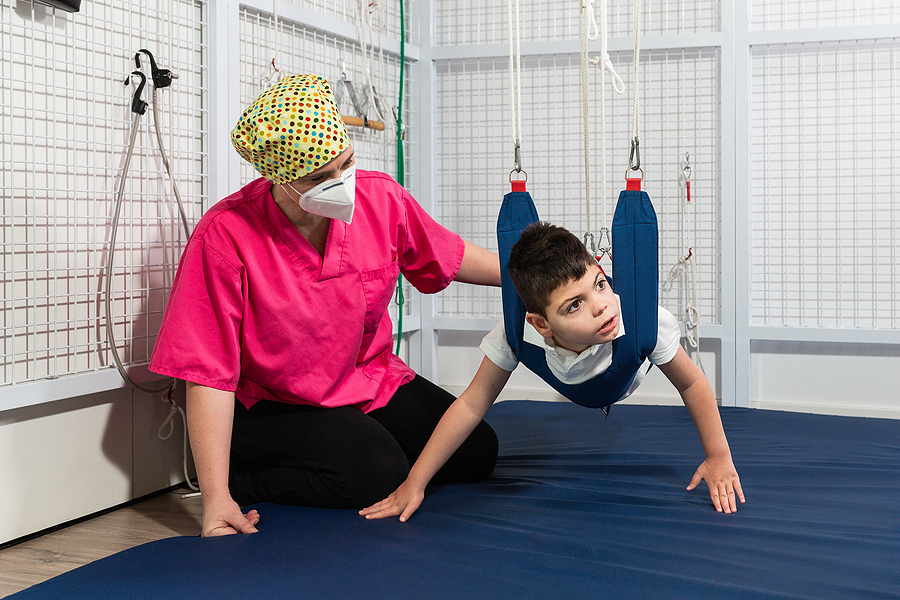Occupational therapy NDIS is a top profession for young aspirants that are looking forward to contributing immensely to their society. Occupational Therapy is a critical part of medicine that focuses on individuals of all age groups that may have unpleasant physical, cognitive, and sensory experiences. Their challenge is often developmental, and the essence of the occupational therapy NDIS is to help them gain independence and lead better lives.
Why do people need Occupational Therapy NDIS?
These individuals have different barriers that encumber their emotional, physical, and social needs. As a result, there are daily routines set in place to help these people navigate through life. Occupational therapy will improve the kids’ performance at home or school, help them be more productive with their daily activities, enhance their level of self-confidence, and give them a notable feeling of accomplishment.
Benefits of Occupational Therapy NDIS
Occupational Therapy (OT) helps children to;
- Be able to develop good motor skills that help them hold and release items. Hence, they can develop good writing and computer skills, even as they play with toys.
- Enhance their eye-hand coordination. The implication is that they will have the necessary skills for school activities, like copying what they can see on the blackboard or being able to bat a ball.
- Be able to handle regular routines like getting dressed, bathing, brushing their teeth, and even feeding themselves.
- Learn social skills and positive behaviours even in times of anger and frustration
- Employ special tools to help them achieve independence. It could include the use of splints, wheelchairs, dressing devices, bathing equipment, and other items that can aid communication.
Who needs Occupational Therapy?
Here is a list of children that may be in need of Occupational Therapy NDIS;
- Children born with birth defects or injuries
- Children with sensory processing disorders
- Kids who experience traumatic brain or spinal cord injuries
- Those who find it difficult to learn
- Autistic children
- Kids with juvenile rheumatoid arthritis
- Children with behavioural issues or mental health
- Those that nay have orthopaedic injuries or broken bones
- Children who attain development at a later stage than their peers
- Those who experience complications from post-surgery
- Kids with spina bifida
The list may be endless as people also consider kids with cancer, serious head injuries, cerebral palsy, and other critical ailments.
What is the difference between Physical Therapy and Occupational Therapy?
Occupational therapy NDIS is different from physical therapy due to its function. Of course, both help to give them a better experience. However, the difference between physical therapy is that it helps with;
- Alleviation of pain
- Provision of strength
- Improved range of motion
- Development of large-muscle movements
- A heightened level of endurance
Occupational therapy NDIS, on the other hand, helps with;
- Improved motor skills
- Enhanced visual-perceptual skills
- Solving sensory-processing problems
- Having the needed cognitive skills
Conclusion
Occupational therapy NDIS is inevitable for kids that may be at a disadvantage, especially if you want them to develop appropriately.
